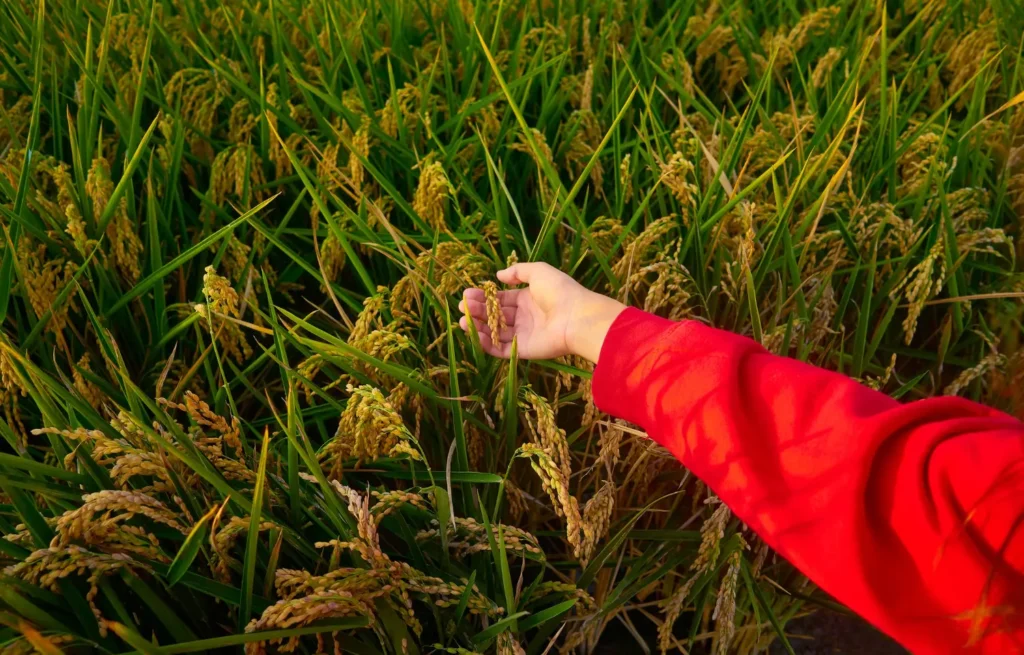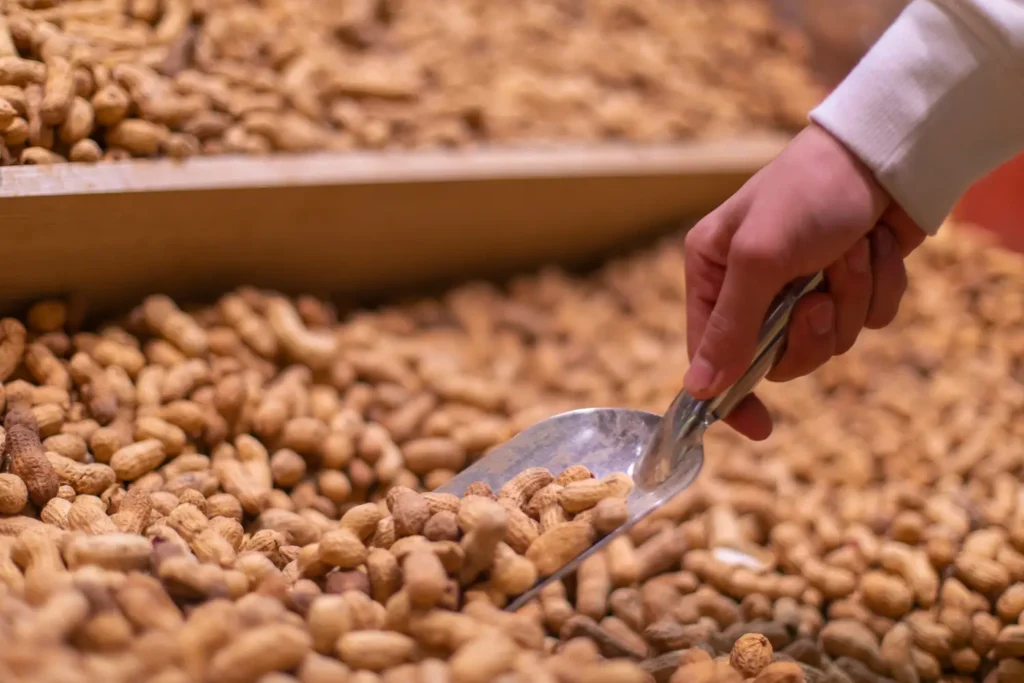Seasonal Crop Care in India: A Year-Round Guide
- FARMING
India’s diverse climate and varied soil types create a rich tapestry of agricultural practices across the country. From the arid regions of Rajasthan to the lush fields of Kerala, each region faces unique challenges and opportunities for crop cultivation. Understanding and adapting your crop care practices to the seasonal changes is crucial for achieving a bountiful harvest. In this blog post, we’ll explore essential crop care tips for each season in India, tailored to different regions and climates.
Winter (December - February): Ideal for Rabi Crops

Soil Preparation and Planting
- Soil Preparation: Focus on soil conservation techniques such as mulching to retain moisture.
- Crops to Plant: In South India, winter is suitable for planting crops like lentils, chickpeas, and certain vegetables.
Irrigation and Fertilization
- Irrigation: Manage irrigation carefully due to lower rainfall. Consider rainwater harvesting methods.
- Fertilization: Apply organic manures and green manure crops to maintain soil fertility.
Spring (March - May): Transition Period for Both Rabi and Kharif Crops

Crop Management
- Harvesting: Harvest winter crops such as pulses and vegetables.
- Soil Preparation: Prepare fields for summer crops by tilling and incorporating organic matter.
Crops to Plant
- Crops to Plant: Plant summer crops such as groundnut, sorghum, and vegetables. Ensure proper irrigation due to increasing temperatures.
Monsoon (June - September): Optimal for Kharif Crops


Crop Management
- Irrigation: Take advantage of the monsoon rains to support crop growth. Implement rainwater harvesting if needed.
- Crops to Manage: Manage crops like rice, sugarcane, and various vegetables. Ensure proper spacing and pest management.
Soil and Pest Management
- Soil Management: Use cover crops and green manures to maintain soil health and structure.
- Pest Control: Monitor crops for common monsoon pests and diseases, such as blight and rust.
Autumn (October - November): Preparation for Rabi Crops

Soil Preparation and Planting
- Soil Preparation: Clear residues from Kharif crops and prepare fields for winter planting.
- Crops to Plant: Plant crops suited to the cooler temperatures of the winter season, such as lentils and chickpeas.
Irrigation and Fertilization
- Irrigation: Adjust irrigation schedules based on decreasing monsoon rains.
- Fertilization: Continue applying organic manures and balanced fertilizers as needed.
Conclusion
Effective seasonal crop care in India requires a nuanced understanding of regional climates and soil conditions. By adapting your practices to the changing seasons, you can optimize crop health and productivity. Whether you’re managing Rabi crops in the north or Kharif crops in the south, paying attention to soil health, irrigation, and pest management will set the stage for a successful harvest. Embrace the rhythms of the seasons, and enjoy the process of nurturing your crops through the year.
- Experience, Journey, Philosophy

Hello! This is VK
Welcome to our website! Here, you'll find motivational tips, farming advice, inspiring quotes, health tips, and daily discoveries from my travels—all aimed at fostering positivity. Join us to motivate yourself, learn, stay healthy, and enjoy life!
Twenty years from now you will be more disappointed by the things that you didn’t do than by the ones you did do.
- Mark Twain






